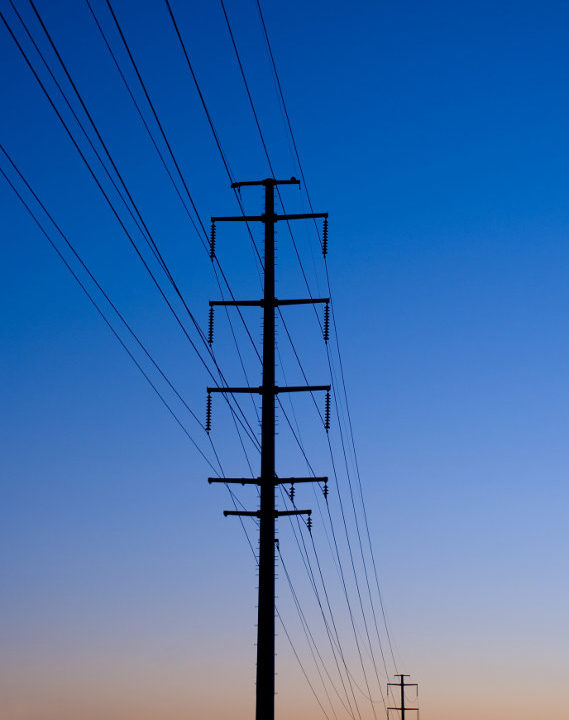November 11, 2011


Countries across the globe are investing in the technology necessary to implement the Smart Grid, including New Zealand, Germany, Spain, the United Kingdom, and France. Japan and South Korea are adopting the Smart Grid, and China will soon come onboard as well. Smart Meter programs also are rolling out in India and Brazil. The United States, however, is spending the most money on the innovation and deployment of Smart Grid technology. (Photo © HaerperDreward | Dreamstime.com)
[nggallery id=42 template=carousel images=8][imagebrowser id=42] Editor’s Note: This is the final of three stories about the Smart Grid, its components, and the issues related to its implementation.
By Debra Atlas The Smart Grid is meant to help consumers regulate their personal power consumption and to help utilities meet the projected power demands that will come with the growth in use of electrically-powered vehicles. Countries across the globe are investing in the technology necessary to implement the Smart Grid, including New Zealand, Germany, Spain, the United Kingdom, and France. Japan and South Korea are adopting the Smart Grid, and China will soon come onboard as well. Smart Meter programs also are rolling out in India and Brazil. The United States, however, is spending the most money on the innovation and deployment of Smart Grid technology. The Department of Energy allocated $4.5 billion in funds from the American Recovery & Reinvestment Act of 2009 for general research and deployment of Smart Grid sensors, monitors, and other equipment, including millions of Smart Meters. An international economic consulting firm’s study estimates that grid and generation infrastructure improvements could cost more than $1.5 trillion by 2030. However, the report also notes that generation costs could be cut by improvements in energy efficiency and the use of advanced demand-response communications systems between the customer and generator (utility companies). This would include new Smart Meters for consumers. General Electric recently rolled out the first complete home energy-management system, tying its water heaters, refrigerators, thermostats, and other appliances together through a home computer and wireless connection to the Smart Meter and grid. GE says this system will allow consumers to control energy use and buy electricity when it is cheap and plentiful, thus allowing utilities to better use current power-generating capacity and avoid building more power plants. Currently, there is no federal mandate to install smart meters. This leaves cities, states and individual utilities to address the issue. PNM, a major New Mexico utility, has said it won’t be installing smart meters for at least five years, citing cost-effectiveness as a reason. In September 2011, Illinois Governor Pat Quinn vetoed legislation that would have authorized a Smart Grid, favoring instead other ways of modernizing the state’s grid. His veto could be overridden by the state legislature later this year though. On top of government delays, consumer opposition is growing. In California, 36 cities, 10 counties, and one tribal jurisdiction (which collectively are home to nearly 2.7 million people), expressed opposition to the installation of SmartMeters. Due to consumer concerns, many states are offering opt-out options. These include Maine, and utilities in Colorado (on a case-by-case basis). Arizona is considering an opt-out program as well. Consumers could opt-out due to health reasons, but they’d have to pay an added fee to do so. As environmental journalist Bob Weinhold writes, it is unclear whether consumers need to prove their claims or if concern about possible health effects is sufficient grounds to opt-out. It also isn’t clear if there is a way to minimize additional customer expenses. For example, will the utility allow customers to self-report their monthly readings, or charge customers a flat monthly amount based on historical usage? And, from the utility’s perspective, what percentage of people can they allow to opt out and still have a functional, energy efficient system? Smart Grid and Smart Meter technology is still relatively new. Among the many issues to be worked out, the question of their impact on human health must be considered. To avoid continued customer backlash, dialogues between consumers and utilities are going to be critical. One thing is clear: Smart Grid technology is here to stay, to grow, and to evolve. If we are serious about moving ahead with renewables such as solar and electric vehicles, then we need to find a way to live and work with this new technology. For related article, see: Smart Grid, Smart Idea The Benefits and Challenges of Smart Meters Check out more articles by Debra Atlas. © 2011 SCGH, LLC. ]]>